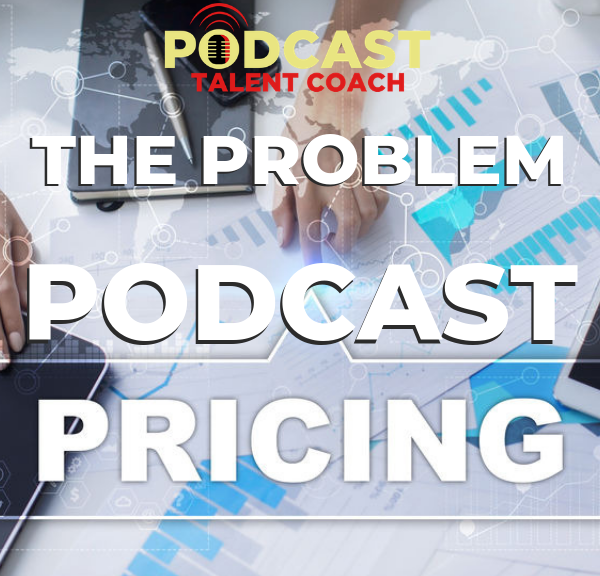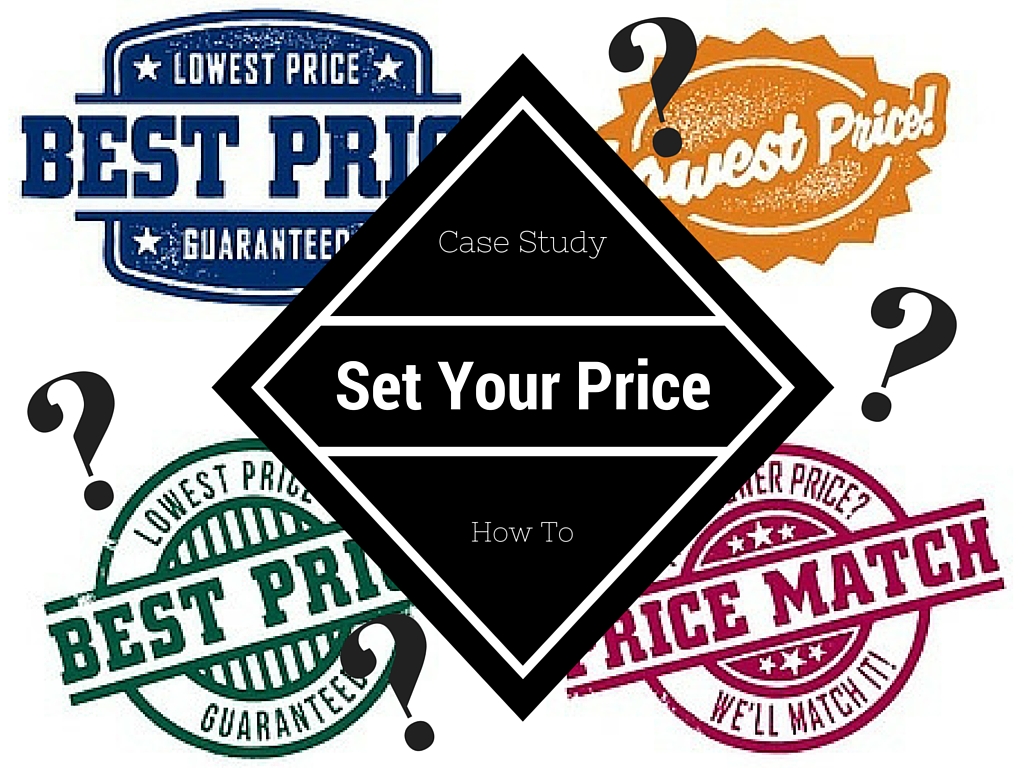Podcast: Play in new window | Download
Subscribe: RSS
If “how do I get more downloads and engagement” is the question I am asked most often, “how do I make money with my show” is a very close second.
When podcasters reach out to me for my complimentary podcast review and strategy session, I ask them a few questions to see where I might be able to help most. One question I ask is about the biggest struggle they are facing.
Some podcasters jump right to sponsorships. “How do I attract sponsors for my show?”
You need to understand that sponsorships and ads within your show will most likely NOT be your answer.
Let’s look at the facts.
According to the Interactive Advertising Bureau, $257 million was spent on podcast advertising in 2017. This is up 116% from the $119 million spent in 2016.
Now, you are probably thinking, “Erik, I can surely get a share of that $257 million!”
In order to make serious money with sponsorships, you need a pretty sizable audience. Most podcasters simply are not in this stratosphere.
According to the same IAB study, Cost Per Thousand (CPM) is the dominant pricing model. 85% of those surveyed reported using this model. CPM defines the price of ads at a rate per one thousand listeners to an episode. This means a podcaster could charge $18 (or $25 depending on the ad) for every thousand listeners to an episode.
In a study by Entrepreneur.com, CPM for a 15-second pre-roll ad (beginning of the show) was $18 and CPM for a 60-second mid-roll ad (middle of the show) was $25.
If the CPM is $25, and you have 2,000 downloads per episode, you can charge $50 for each commercial ($25 x 2 “thousands”). If you include 4 advertisers per show, you are generating $200 per show. At 52 shows per year, you are earning $10,400 per year.
Now, $10k isn’t bad money. However, there are 3 problems with this strategy.
First, it takes a lot of work to land 4 clients to sponsor your show for the year.
Next, it clutters your podcast with a bunch of ads that your listeners probably don’t enjoy.
Finally, this also assumes you have 2,000 downloads per episode, which is roughly 10 times the median number reported by Libsyn.
There must be a better way to generate revenue with your podcast.
I was on a coaching call with Shane the other day. He is launching his third podcast and would like to make money with this one.
Shane intends to sell sponsors into his podcast and newsletter as the primary source of income. The difference between Shane’s model and the CPM model is his understanding of his audience.
When I explained the issues with the CPM model and sponsorships, Shane said, “Yeah, but I don’t accept the CPM model. I find great sponsors that want to reach my specific audience and charge them a price equal to the value.”
You see, the CPM model is adapted from radio. That medium reaches a broad audience. Hence the name broadcasting.
When a business advertises on radio, there is only a fraction of the audience that is ever interested in their product or service. Therefore, the value is determined by the return on investment.
With podcasting, you are reaching a niche audience with your show. Your listeners should have something in common. Therefore, they should be much more valuable than the broadcast audience, because most of them will be interested in the product or service you are advertising if you select the right sponsor.
Let’s say you host a podcast about weight loss. All of your listeners should have an interest in losing weight. I don’t know many skinny people who love a weight loss podcast.
If a business that sells green smoothie mix or a healthy food subscription is looking for marketing opportunities, your show would be a great vehicle. That business could reach a much more focused audience by being on your show rather than broadcasting. Only a portion of the radio audience would be interested in weight loss products.
If your audience is much stronger, and the business gets a better return on their investment, you should be able to charge more.
Your other choice is to create products or services of your own. We talked about ways to generate revenue with your podcast in “Episode 199 – Can You Make Money With Your Podcast“. You can download 6 ways to make money with your podcast here:
[DOWNLOAD: 6 WAYS TO MAKE MONEY WITH A FREE PODCAST]
Do you need help with your podcast? You can find my podcast and other tools to help you create great content at www.PodcastTalentCoach.com.
Let’s turn your information into engaging entertainment.


